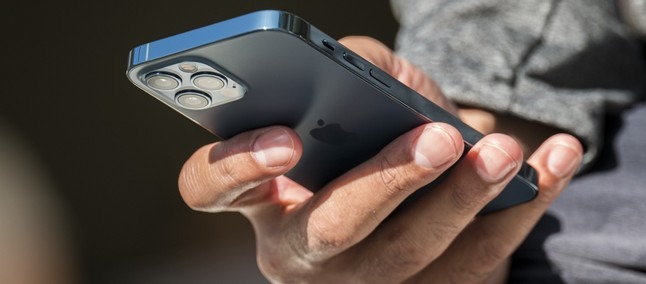First the SIM card slot, then the first models with integrated eSIM alongside the traditional slot, and finally the first equipped only with eSIM. This could be the evolutionary path of the iPhone according to recent rumors. The rumor started from the Brazilian site Blog do iPhone, and was subsequently corroborated by an anonymous source contacted by colleagues at MacRumors: Apple would begin to inform major US telecom operators to prepare for the launch of smartphones equipped exclusively with eSIM that will arrive in September 2022. According to the Brazilian site, however, this significant change in the standard equipment of the iPhones will not take place before the iPhone 15, therefore in 2023.
It is not excluded that Apple may begin to test the waters with some models of the iPhone 14 and then adopt the solution on a larger scale with the next generation. Such a radical change requires a physiological phase of transition, it is understood that these are indiscretions and that the plans of the Cupertino house could change during construction.
Remember that an eSIM is a digital SIM that allows you to activate a telephone offer without inserting a physical SIM card in your smartphone. The letter “e” stands for “embedded”, indicating that the SIM is integrated into the device by the manufacturer. The recent iPhone 13 range combines the traditional SIM slot with the eSIM. Not all operators support eSIMs and not in every mar
The advantages of a smartphone without a SIM slot are to be evaluated from the design point of view: there would be one less element to interrupt the aesthetic lines and one less opening to seal (therefore, advantages regarding waterproofing). 2021 showed an acceleration in the diffusion of eSIMs: 1.2 billion units went from 760 million units in 2020, and by 2025 it is expected to reach 3.4 billion – even if eSIMs are integrated into IoT devices. Assuming an iPhone (but also other smartphones) equipped only with eSIM in the future is therefore plausible.



